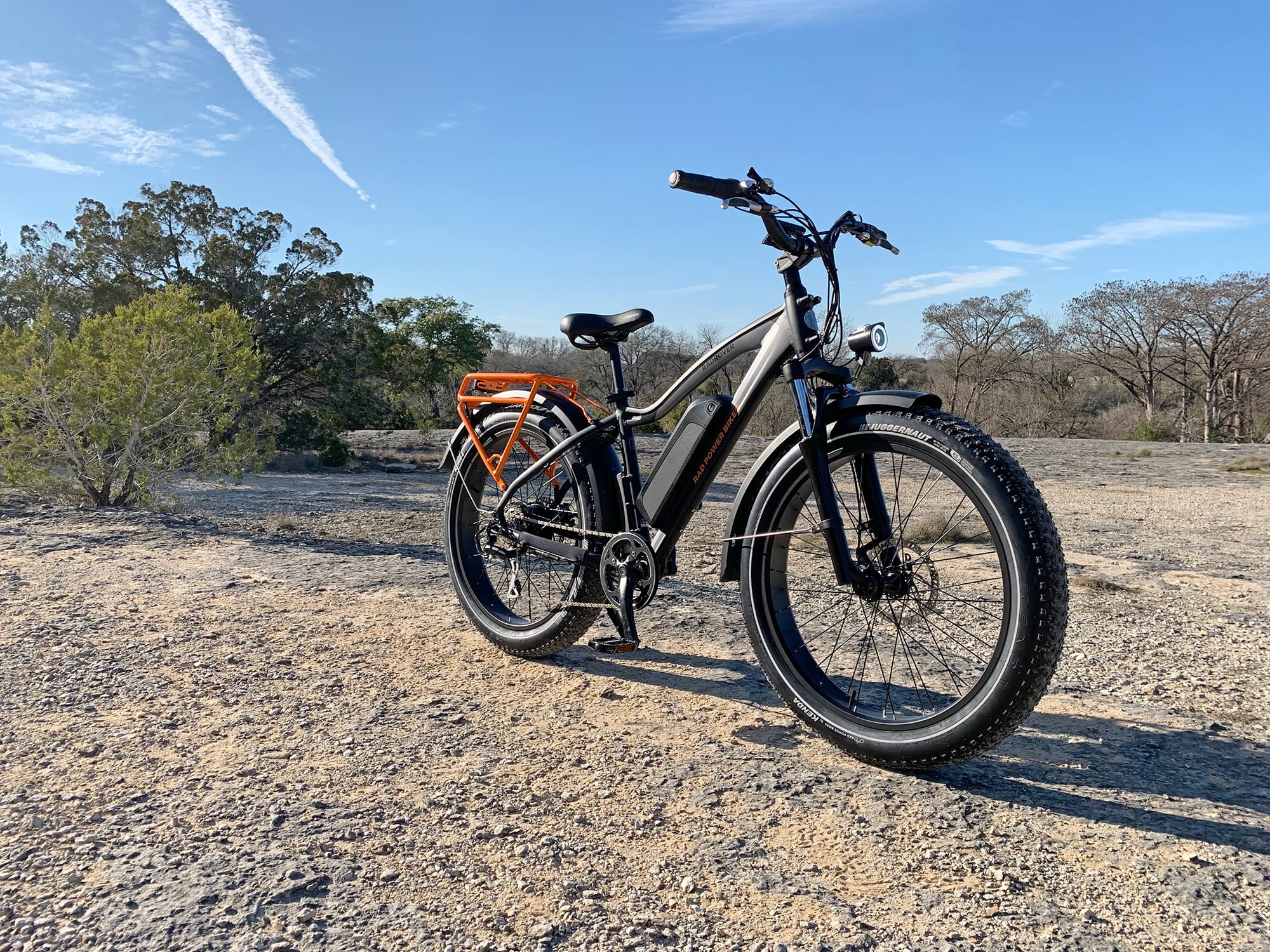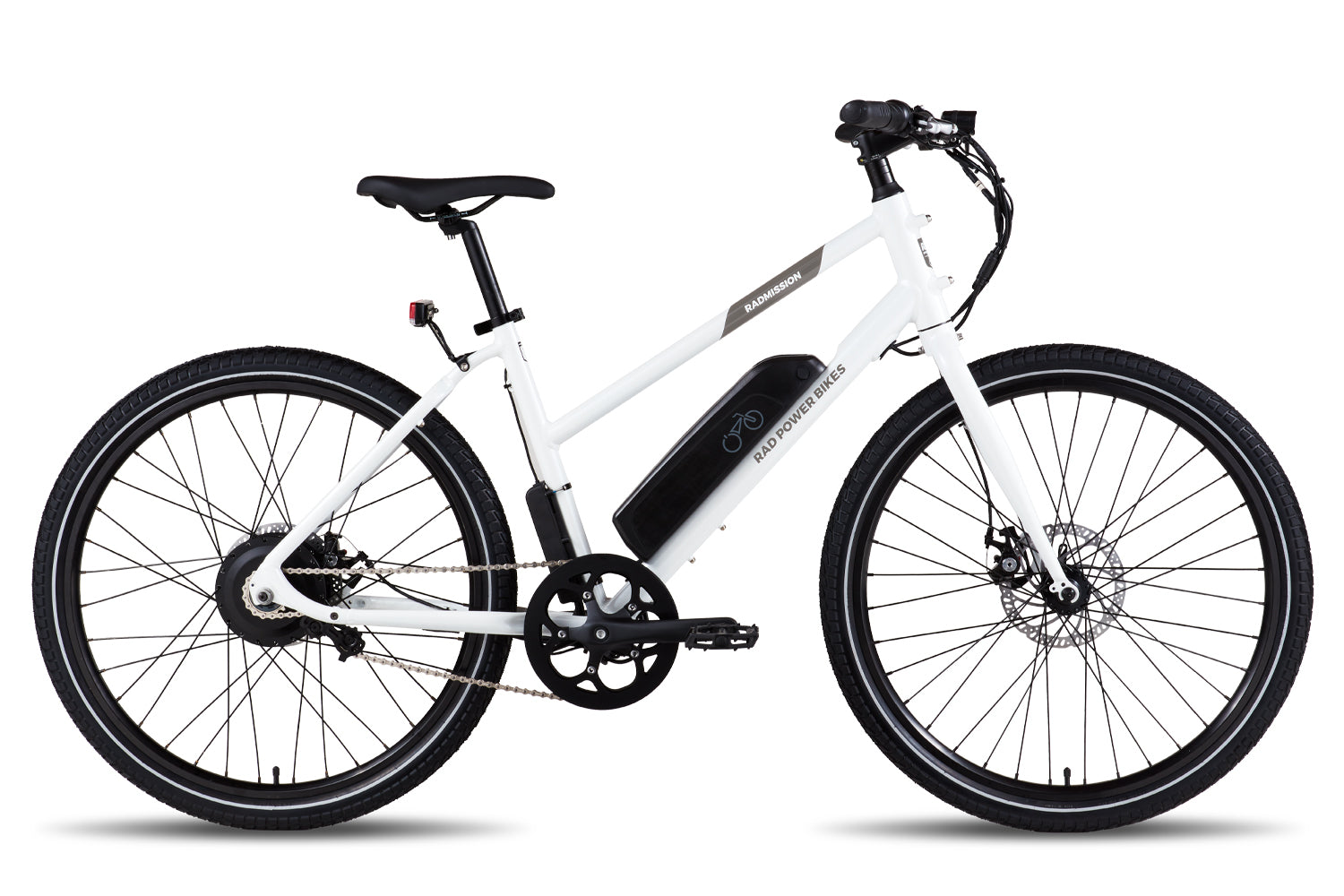

Then the ElectraFin, which is the first electric stand-up paddleboard conversion kit, is definitely another product where a lot of people see it and have no idea what the purpose is. There's a big decline happening, and we saw a bigger opportunity to jump in with a product that will reinvigorate and excite the golf industry. Golf's dropping off - I think only five or ten percent of golfers are under the age of 30. They're having a harder time getting new rounds and new people in there playing. With the GolfBoard, most people are like, "What in the world? Why would you make a skateboard for golf?" It's really not to shake anything up, but it's a better way to get around a golf course and golf courses are suffering. You learn from the mistakes in your initial work and then for me it's always been, “How do I apply electric motors to various forms of personal transport? How do I add motor technology to different devices that people can have fun or get places quicker, more efficiently?” It's a lot easier to do something the second time. Then you launch two other companies admittedly with similar technology. You've got your initial company up and successful. Our expectation is it's going to be a lot like the automotive industry or airplane industry where you have all these entrants and then they get dwindled down to a few key larger players. There's a lot of players that try to enter the space because of the electric bike boom, but will immediately drop out because of inexperience or lack of funding. There are a lot of competitors, but most of them are two years behind or even further because they don't have pre-existing experience. We had a decade of experience in the space. 750 watts of power is a big part, bigger tires and more utilitarian designs. I think the other way we have been able to compete is that our product is a little more dialed in for Western expectations since we're focused on the North American market. It’s a big thing, running lean as a company. Ty is online sales and marketing, and Marimar has been amazing with operations and systems. My job is product development and manufacturing. Tyler Collins, Marimar White-Espin and I have all been ideally suited for each of the roles that we needed to do.

I definitely don't want to spill too much on that side of things, but really it has to do with our team's ability to run very lean. I have to be cautious when I talk about our business model and structure, and how we've become a dominant player in the space in a year and a half. The electric bike market is phenomenally competitive, and they're being made in China at increasingly cheaper prices and insane volumes.

We have a strong board and group of advisors and have capital available to us from team members and bank lines when needed without going through more traditional fundraising rounds. That was with the RadRover, and since then we've launched the RadWagon which is our cargo bike, the RadMini, a folding fat tire bike, and the RadCity electric commuter bike.Īpart from the Indiegogo campaign, have you raised money? We shifted about a year and a half ago with a launch on Indiegogo for our first ploy into the direct to consumer space: low-priced, complete, performance bikes. Then Rad Power Bikes transitioned from a conversion and installation company, where there was a lot of DIY projects, to our current consumer-direct model. I was able to drum up quite a bit of business and paid my way through undergrad just converting bikes for people. This was over a decade ago, and whenever you'd go to town on an electric bike, people either didn't want anything to do with it or were very intrigued.

It was just a sole proprietorship and I would convert bikes for people in my local town and community. Rad Power Bikes was the first company, which I started just a few months after building the first prototype. How did you start your first product company? I built an e-bike out of, at that point, very rustic components - there wasn't a lot available then - so it was mostly lead acid batteries and a lot of failures at that stage. I'd get to school late or show up sweaty. I was a cyclist at that time, racing mountain bikes and cross-country mountain biking, but it wasn't fast enough. I went to a rural high school about 15 miles away, so I had to create a method to get to school reliably.
Rad electric bikes seattle license#
I'd just gotten my driver's license and my first car would always break down on me. My first step into the electric vehicle space was when I was 14 or 15 years old. How did you get into the personal electric vehicle marketplace?


 0 kommentar(er)
0 kommentar(er)
